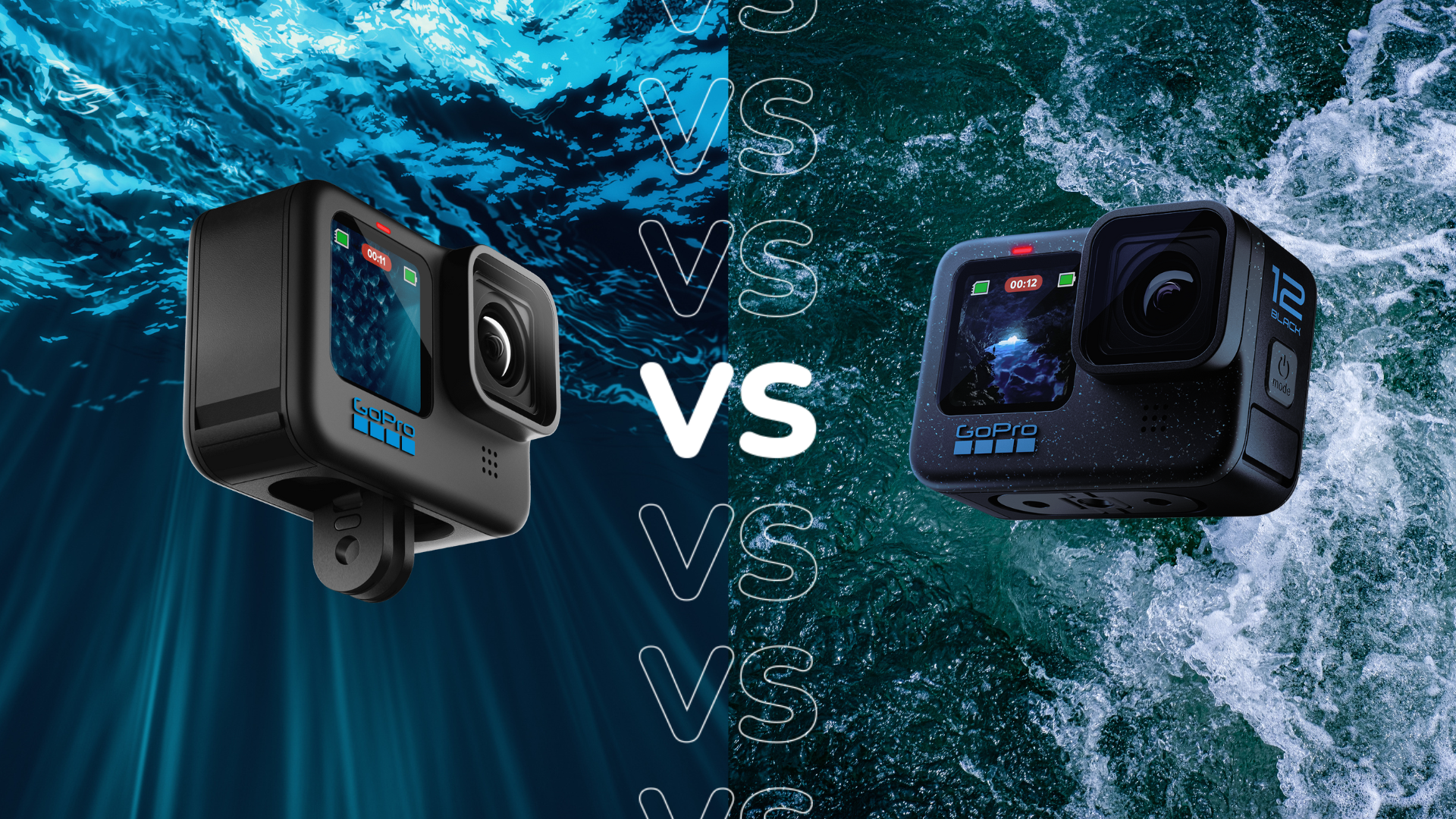Asus Zenfone 10 vs OnePlus 11: Asus or OnePlus?

The Asus Zenfone 10 is the latest handset to join the Zenfone family, taking over from the last-generation Zenfone 9.
It comes with Android 13 and the latest Snapdragon 8 Gen 2 chipset and has a £749.99 starting price with 128GB of storage and 8GB of RAM.
We wanted to see how it stacks up against the OnePlus 11, a similarly-priced contender for one of the best Android smartphones currently available. Keep reading to find out all the vital differences between these phones so you can decide which is the best choice for you.
OnePlus 11 has a dynamic refresh rate
The OnePlus 11 comes with a 6.7-inch Super Fluid AMOLED display with a 3216×1440 resolution and 120Hz dynamic refresh rate. A dynamic refresh rate allows the display to drop as low as 1Hz to conserve battery while still looking smooth during more intensive tasks. It has support for both Dolby Vision HDR and HDR10+ and overall, we found the screen to be vibrant, crisp and ideal for watching media content.
The Zenfone 10 is a smaller device, with a 5.92-inch AMOLED 2400×1080 display and a 144Hz refresh rate. However, since it does not use LTPO 3.0 technology it cannot drop as low as the OnePlus 11, instead cycling between 60Hz, 90Hz and 120Hz in daily life. The high refresh rate is also limited to gaming, although we did find games to feel smooth and responsive.

Zenfone 10 has no fast charge support
One of the biggest downsides of the Zenfone 10 is its poor charging speeds, although Asus did opt to include wireless charging support, which was omitted from the Zenfone 9. It took our reviewer 1 hour and 20 minutes to reach full battery, but it was able to get through each day with between 30%-40% battery left.
The OnePlus 11 is a juggernaut when it comes to fast charging. It comes with a 5000mAh battery and easily lasted all day. One of its standout features is its support for Oppo’s SuperVOOC 100W fast charging, which managed to charge up the phone to 100% in just 27 minutes.

Black Friday-level iPhone 14 deal
Now you’re chance to get the iPhone 14 with 100GB of data for just £36.99 a month and absolutely nothing to pay upfront.
- Mobiles.co.uk
- No upfront cost
- Only £36.99/month
OnePlus 11 has more camera sensors
The OnePlus 11 has a wide camera selection, including a 50-megapixel main sensor, 48MP ultra-wide sensor and 32MP portrait tele lens. We found that the large sensors were able to take in a lot more light than its predecessor, with low-light shots having plenty of detail. Camera tuning between these lenses was also impressive, with very little difference to the overall quality and colour profile, making all shots look consistent.
The Zenfone 10 comes with a 50-megapixel main sensor as well as a 13MP ultra-wide angle lens. We found that the main sensor didn’t quite eliminate blur in all scenarios, but it was still more than capable with the capture process being very swift. It did struggle in bright environments with vibrant colours, with less definition than we would have liked.

Zenfone 10 comes in more colourways
The OnePlus 11 is a little lacklustre in terms of personalisation, coming in only two colourways: Eternal Green and Titan Black. Both of these colours are muted and mature, but there is little wiggle room for customisation.
Asus decided to offer up five colourways in total, which gives the Zenfone 10 a lot more personality. It can be found in Midnight Black, Starry Blue, Aurora Green, Comet White and Eclipse Red. Our reviewer loved the Aurora Green colourway review unit, noting that the Eclipse Red configuration also looked very alluring.







